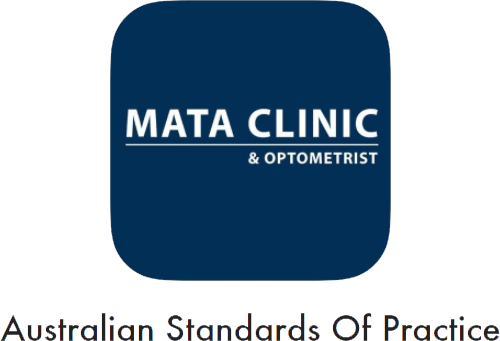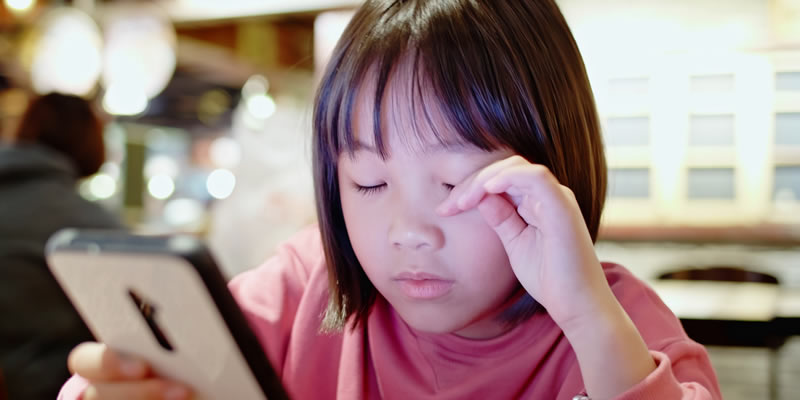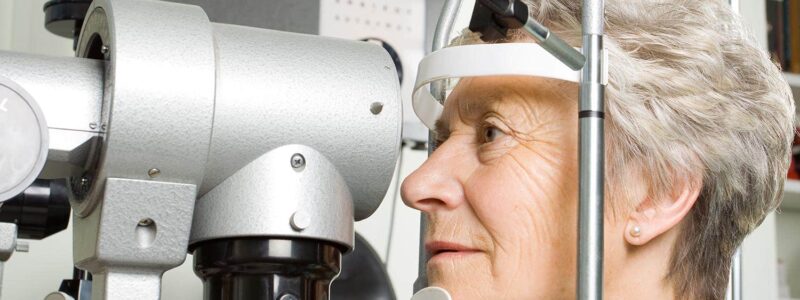[Kuching, Sarawak, 5 October 2021) – Myopia (short-sightedness) rates in young school-children rose significantly during the COVID-19 pandemic, according to a large Chinese study which found prevalence increased almost 400 per cent in six-year-olds[1].

The study of 123,000 school-children revealed home confinement during the pandemic in 2020 appeared to be associated with a substantial myopic shift for children aged six to eight years.
In six-year-olds, prevalence of short-sightedness appeared to be approximately three times higher in 2020 than in 2015 to 2019; for seven-year-olds it was two times higher in 2020; and in those aged eight, it was 1.4 times higher or a 40 per cent increase.
Concerns had been raised throughout the pandemic about whether increased screen time may have a negative impact on eye health and worsened the burden of myopia, particularly amongst children.
The study, ‘Progression of Myopia in School-Aged Children After COVID-19 Home Confinement published by JAMA Ophthalmology, provides the first evidence that the concern may be justified, leading researchers to dub 2020 as the year of ‘quarantine myopia.’
Optometrist Aaron Wong of Mata Clinic & Optometrist said the findings were important, as children worldwide completed months of home schooling during the pandemic, including in Australia where schools were closed and sport cancelled.
“Researchers have told us for many years now the importance of balancing screen time with green time for kids. Spending time outside in bright light is important to slow myopia development and progression,” Aaron Wong said.
The World Health Organization estimates that half of the world’s population may be myopic by 2050[2], with increased time spent indoors and the duration and intensity of near work activities attributing to the rise.
It’s estimated around 6.3 million Malaysians are affected by myopia[3], which if diagnosed by an optometrist can be corrected with prescription glasses or contact lenses.
Possible signs of myopia in children include:
- screwing up their eyes or squinting to see objects in the distance;
- difficulty seeing the blackboard/whiteboard at school;
- sitting close to the television or needing to sit at the front of the classroom.
Mata Clinic & Optometrist recommends that all children have a full eye examination before starting school, and regularly every two to three years as they progress through primary and secondary school.
You can check your risk of getting myopia here : Myopia Risk Check
For further information contact: [Mata Clinic & Optometrist on www.mataclinic.com]
[1] Progression of Myopia in School-Aged Children After COVID-19 Home Confinement, January 14 2021
[2] Progression of Myopia in School-Aged Children After COVID-19 Home Confinement, January 14 2021
[3] Australian Institute of Health and Welfare, August 30 2019






Recent Comments